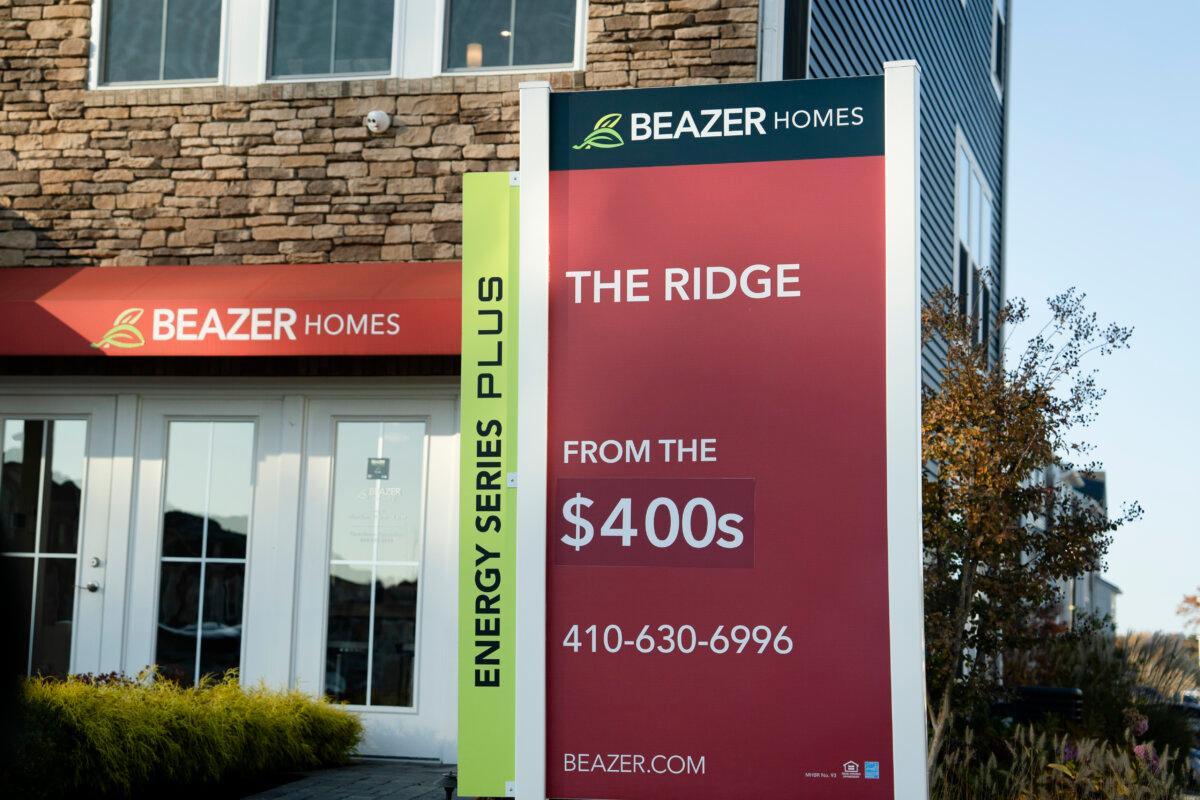Mortgage and refinance applications increased this past week as interest rates eased, stimulating housing activity amid growing economic uncertainty.
The increase in homebuying activity was driven partly by a tepid decline in mortgage rates.
The 30-year mortgage rate dropped 5 basis points to 6.84 percent this past week, its second straight weekly drop. This remained below the year’s peak of 7.18 percent.
Traditionally, the 30-year fixed mortgage rate tracks the yield on the benchmark 10-year Treasury security.
Despite volatility over the past several weeks, the U.S. Treasury market has stabilized, with the 10-year yield trading between 4.23 percent and 4.34 percent.
Mike Fratantoni, senior vice president and chief economist at the Mortgage Bankers Association, says recent national mortgage market data come as the United States wrestles with mixed economic signals.
“The economic news last week included a negative reading for first-quarter GDP growth and further signs of contraction in the manufacturing sector, mixed with a solid employment report for April,” Fratantoni said in a statement. “The net impact on mortgage rates was mostly downward but just back to levels from early April.”
In the first quarter, the U.S. economy contracted by 0.3 percent, driven by a sharp increase in imports and a modest decrease in government spending. Meanwhile, the U.S. labor market added a better-than-expected 177,000 new jobs in April.
Other daily and weekly measures indicate that the 30-year fixed mortgage rate has stayed below the 7 percent threshold.
Chen Zhao, an economist at Redfin, anticipates little change to mortgage rates.
Spring Buying Season
The U.S. real estate market has been off to a strong start to the typically busy spring homebuying season.“While contract signings are not a guarantee of eventual closings, the solid rise in pending home sales implies a sizable build-up of potential home buyers, fueled by ongoing job growth,” said Lawrence Yun, the National Association of Realtors’ chief economist.

Despite better-than-expected home sales, consumer surveys suggest that homebuying intentions have dampened.
Seventy-two percent said they view the U.S. housing market unfavorably.
Lisa Sturtevant, the chief economist at Bright MLS, says rising economic consternation and deteriorating consumer confidence “could lead to a slower-than-typical spring homebuying and selling season this year.”
“So, it is possible we could see prospective homebuyers push through the uncertainty to take advantage of more inventory and lower mortgage rates, leading to stronger sales in the weeks ahead.”
Housing supply has improved this year, with inventory climbing to a post-pandemic high.
Newly listed homes advanced more than 9 percent from a year ago.
“Despite this progress, active inventory remains 16.3% below typical 2017–19 levels, signaling that the market still has ground to cover,” the report stated. “That said, April’s gains suggest the market is closing that gap more quickly than before.”







